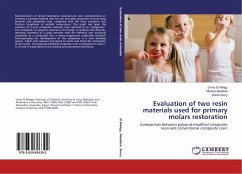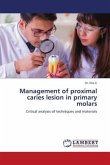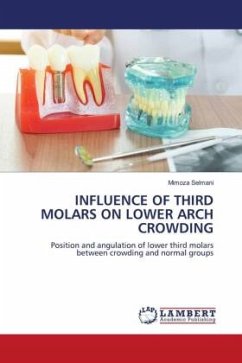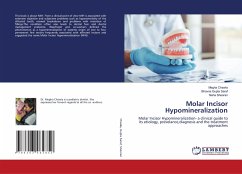A study was conducted to evaluate and compare the effect of cavity disinfectants on the fracture resistance of primary molars restored with indirect composite inlays.Thirty six non-carious primary second molars were selected and divided randomly into three groups (n=12).Control group(no disinfectant),Chlorhexidine group(disinfected with 2% chlorhexidine for 40 sec) and Sodium hypochlorite group crowns (disinfected with 2% chlorhexidine for 40 sec).The inlays were fabricated by indirect method using Ceram X nano composite on plaster die. All the groups were submitted to compression mechanic test in a Hounsfield universal testing machine at 1mm/ min cross head speed and the results calculated in Newton.From the present study it may be concluded that cavity disinfectants had detrimental effect on the fracture resistance of primary molars. Among the disinfectants employed in the present study chlorhexidine showed a better resistance to fracture than the sodium hypochlorite. .
Bitte wählen Sie Ihr Anliegen aus.
Rechnungen
Retourenschein anfordern
Bestellstatus
Storno








